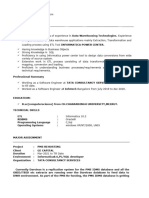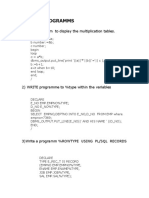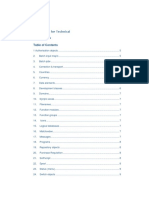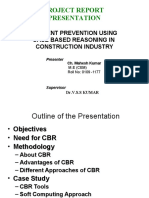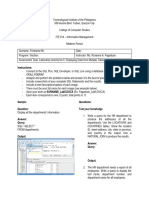0% found this document useful (0 votes)
5 views3 pagesSlide 3 (Stack Info)
The document outlines a step-by-step technical implementation process for a project involving data collection, AI/ML model development, backend and frontend development, and deployment. It details phases including database setup, API development, feature engineering, matching algorithm implementation, and user interface creation, along with a comprehensive tech stack overview. The final sections emphasize MVP priorities for a hackathon, focusing on essential components like frontend, backend, matching engine, storage, notifications, and deployment strategies.
Uploaded by
rudrark01Copyright
© © All Rights Reserved
We take content rights seriously. If you suspect this is your content, claim it here.
Available Formats
Download as PDF, TXT or read online on Scribd
0% found this document useful (0 votes)
5 views3 pagesSlide 3 (Stack Info)
The document outlines a step-by-step technical implementation process for a project involving data collection, AI/ML model development, backend and frontend development, and deployment. It details phases including database setup, API development, feature engineering, matching algorithm implementation, and user interface creation, along with a comprehensive tech stack overview. The final sections emphasize MVP priorities for a hackathon, focusing on essential components like frontend, backend, matching engine, storage, notifications, and deployment strategies.
Uploaded by
rudrark01Copyright
© © All Rights Reserved
We take content rights seriously. If you suspect this is your content, claim it here.
Available Formats
Download as PDF, TXT or read online on Scribd
/ 3


































































